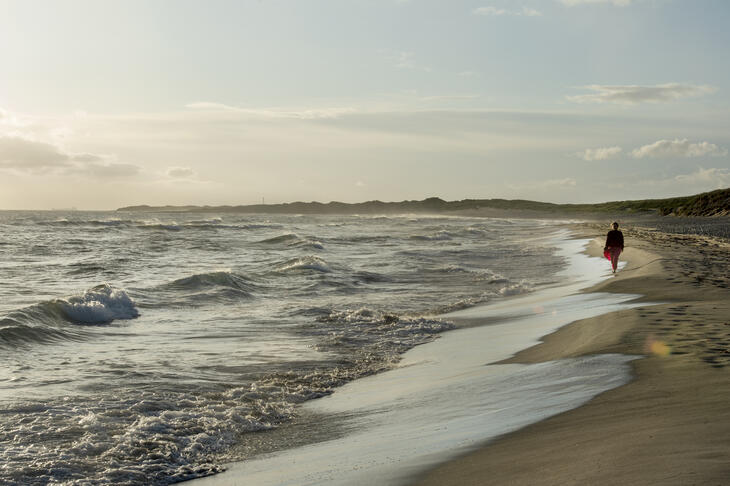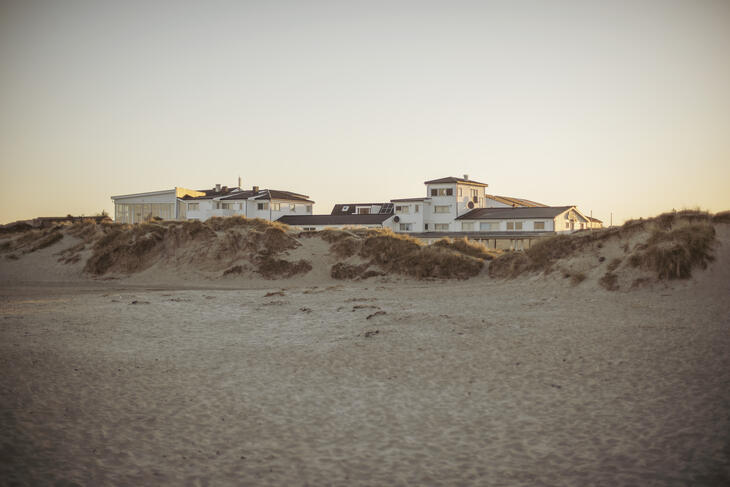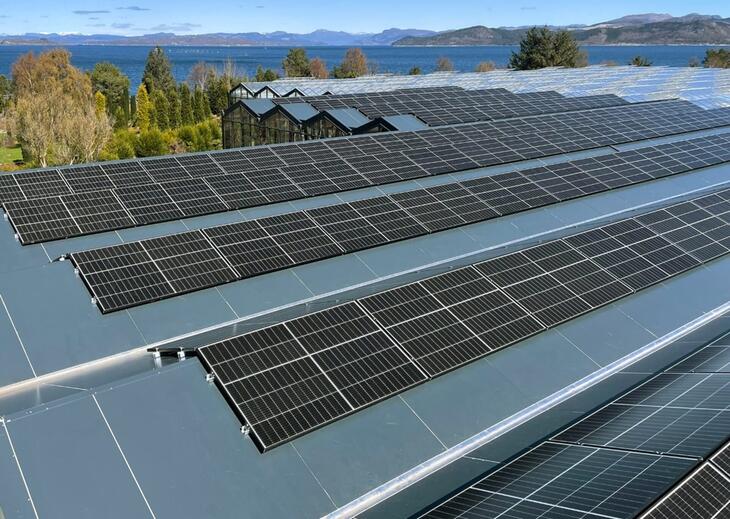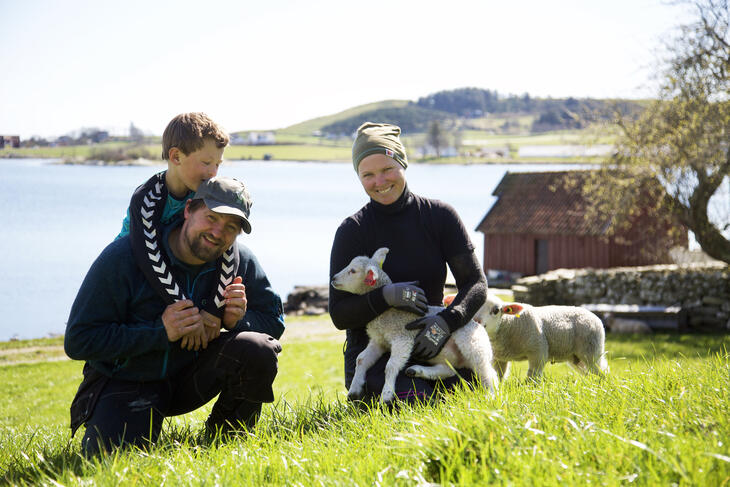Sustainability

The UN’s sustainability goals are the world’s joint work plan to eradicate poverty, fight inequality and stop climate change by 2030. Events in Norway can also contribute to this important work. When hosting international events and conferences in Norway, we will take several measures to make a green event. From the use of local "untravelled" food to environmentally friendly transport to the use of spectacular nature and scenery, we strive to care for our planet and bring good values to our event. We will aim to leave no footprint in Norway and in the Stavanger region - only long-term positive footprints in the participant’s memories.
Energy efficiency
Norway has an almost entirely renewable-based electricity system, with renewable resources accounting for 98% of generation in 2020, of which hydro is the dominant source at 92%. Norway is currently building the world’s largest floating offshore wind farm (Hywind Tampen), based on Equinor’s floating wind technology, with a total installed capacity of 88 megawatts (MW). Beyond this project, two areas have been assigned for offshore wind power development to date. Source: IEA.org
Beach and shore clean-up
The Stavanger region is known for its vast amount of coastline and islands. Be a part of the solution with social activities that offset the environmental footprints. A good initiative would be an organised cleanup at the long-stretched pristine beaches or in more urban areas in and surrounding the cities where there are plenty of locations to contribute towards a cleaner shoreline.
 © Anita Hamremoen
© Anita Hamremoen
Weeds clean-up
Help reduce unwanted weeds on the local farm Klostergarden to contribute to improving the local flora and fauna.
Hotel Initiatives
Green measures have been taken by the hotels. One of which is the use of smaller plates used for buffet meals that contribute to less food wastage.
 © Sola Strand Hotel
© Sola Strand Hotel
Plastic usage restrictions
Plastic straws and cups are prohibited by law in Norway and reusable utensils must be used in many circumstances.
Flor & Fjære
The northernmost tropical palm island in the world is an iconic venue and truly worth a visit. With a large greenhouse powered by rooftop solar panels, the establishment serves sustainable food produced in the venue.

Green Transport
Fjord Line ferries between Stavanger-region and Bergen have transformed to LNG gas, using only environmentally friendly natural gas. Local public transport company Kolumbus is transitioning from being a bus and boat operator to becoming a 100% mobility provider connecting trains, bikes, walking, and car sharing seamlessly with bus and boat so people will get from A to Z without using their own car. Kolumbus is well on its way to fossil-free public transport by 2024. This means organic HVO diesel, hybrid operation and fully electric vehicles.
Rødne Fjord Cruise offers sightseeing to Lysefjord with the 100% electric ferry Rygerelektra.

Electric cars in Norway are highly established and can be rented and used all over the region with its network of battery charging stations.
Electric commercial flights are scheduled to operate between Stavanger and Bergen in 2026. Rolls-Royce and the Italian aircraft producer Tecnam have already presented an electrical aircraft that can take 9 passengers and Widerøe is determined to be the first customer with commercial flights between Stavanger and Bergen.
Beyonder
Local organisation turning Norwegian sawdust into battery cell technology. Beyonder has created the next generation of eco-friendly and energy-efficient batteries. The battery technology is produced using ecological materials such as renewable energy and sawdust. The batteries are non-flammable and can be fully charged in two minutes and recharged up to 100,000 times.
Culinary sustainability
The restaurants in the Stavanger region offer world-class culinary experiences, based on short-distance ingredients. The county is known for its agriculture and its importance in food production.
 © Lise Bjelland/Klostergarden
© Lise Bjelland/Klostergarden
Social Sustainability
Ticketpass: Are you hosting an event and need to sell tickets? Why not use the ethical provider Ticketpass who donates 50% of the booking fee to a charity of your choice?
Gender Equality
Norway is considered to be one of the most gender-equal countries in the world. Norwegian society is based on equality and equality between women and men. Women and men have the same formal rights and duties, and good welfare schemes support the formal rights. Compared to many other countries in the world, Norway has come a long way in terms of gender equality and ranks no. 3 in the world economic forum for gender equality (2021 World Economic Forum). The sharp increase in higher education and women’s intake in working life has contributed to major changes in society during the last fifty years. Both women and men participate in work and social life and share their care tasks. In Norway, the boards of all state-owned enterprises and companies are bound by law to make sure at least 40 per cent of both genders are represented.
 To mention a few female leaders in Norway:
To mention a few female leaders in Norway:
- Sports President for the Norwegian Sports Federation and EOC Board member - Berit Kjøll
- Norwegian Central Bank Governor - Ida Wolden Bache
- Minister of Foreign Affairs - Anniken Huitfeldt
- Minister of Education and Integration - Guri Melby
- Minister of Justice and Public Security Emilie Enger Mehl
- Minister of Labour and Social Inclusion - Marte Mjos Persen
- Minister of Children and Families - Kjersti Toppe
- Minister of Health and Care Services - Ingvild Kjerkol
- Minister of Culture and Equality - Anette Trettebergstuen Minister of Education - Tonje Brenna
- Minister of International Development - Anne Beathe Tvinnereim
- Mayor of Stavanger - Sissel Knutsen Hegdal
Sport for all
NIF, the Norwegian sports federation is the only national sport federation to include both the Olympic and Paralympic disciplines. This is reflected in the inclusion of Para tournaments in both the domestic championship week and other competitions.
Multi-culture
Stavanger is the home to people from more than 180 countries with an international business community and student environment.

© Jan Inge Haga